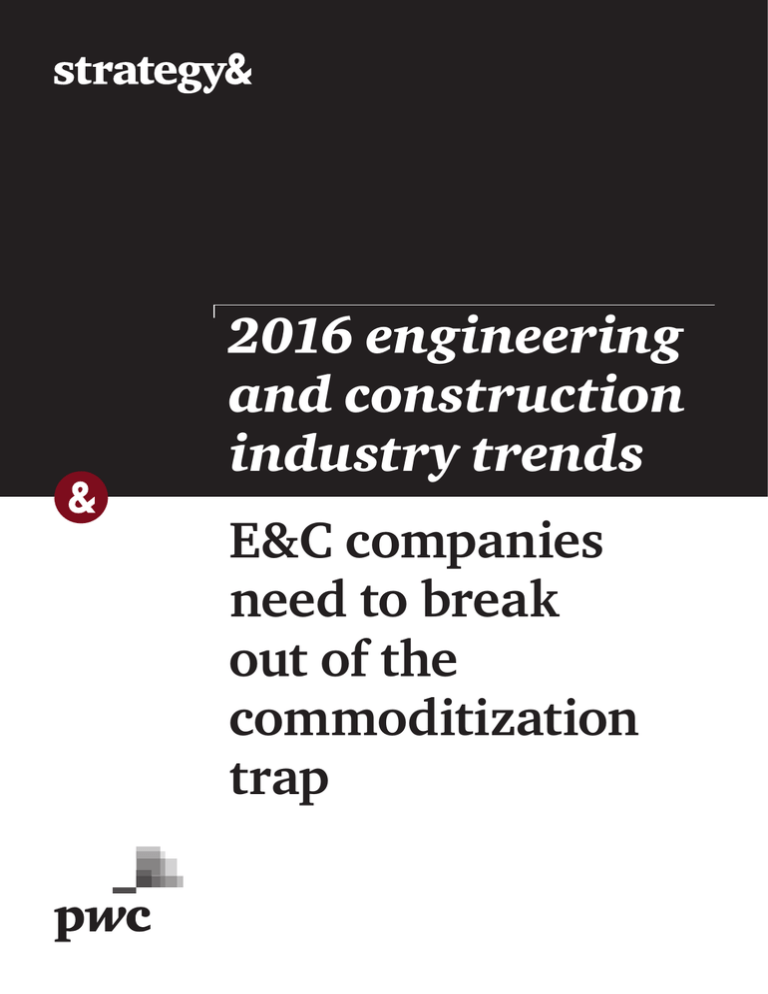
2016 engineering
and construction
industry trends
E&C companies
need to break
out of the
commoditization
trap
Contacts
Beirut
Hartford
San Francisco
Fadi Majdalani
Partner, PwC Middle East
+961-1-985-655
fadi.majdalani
@strategyand.ae.pwc.com
H. Kent Goetjen
Partner, PwC US
+1-860-241-7009
h.kent.goetjen@pwc.com
Christopher Dann
Principal, PwC US
+1-415-653-3491
christopher.dann
@strategyand.us.pwc.com
London
DC
Joseph Van den Berg
Principal, PwC US
+1-703-682-5710
joseph.vandenberg
@strategyand.us.pwc.com
Tokyo
John Potter
Partner, PwC UK
+44-20-7212-5390
john.potter
@strategyand.uk.pwc.com
Kenji Mitsui
Partner, PwC Japan
+81-3-6250-1200
kenji.mitsui
@strategyand.jp.pwc.com
Frankfurt
Dr. Richard Viereckl
Partner, PwC Germany
+49-69-97167-0
richard.viereckl
@strategyand.de.pwc.com
2
Strategy&
About the authors
H. Kent Goetjen a PwC partner and the firm’s U.S. Engineering &
Construction Industry Sector Leader. He has more than 30 years of
experience providing service to E&C sector clients, including heavy
and highway contractors, general building contractors, subcontractors,
home builders, specialty contractors, suppliers, and real estate
developers.
Christopher Dann is an advisor to executives for Strategy&, PwC’s
strategy consulting business. He is a principal with PwC US, based
in San Francisco. Mr. Dann specializes in strategic decision making
and risk management in the energy, industrial, and infrastructure
industries.
Joseph Van den Berg is an advisor to executives in the energy industry
for Strategy&, PwC’s strategy consulting business. Based in Washington,
D.C., he is a principal with PwC U.S. With more than 25 years of
industry experience, he focuses on strategic opportunities available
to energy companies.
Strategy&
3
Introduction
It’s easy to pinpoint why the engineering and construction (E&C)
sector is in the doldrums. Demand has fallen significantly as the
sudden collapse of oil prices in 2015 led virtually every energy
company to slow down, postpone, or outright cancel major projects
all over the world. Commodity prices have also tumbled, and the
mining industry has reduced its capital spending considerably.
The deterioration of energy and commodities markets is in large part
a consequence of the skidding economy in China, which had been a
major driver of global economic activity and infrastructure projects
over the past decade. Anemic and inconsistent growth in developed
markets has been unable to make up for the Chinese shortfall and
similar weaknesses in other emerging countries. Continuing global
economic instability will almost certainly drive E&C sector revenues
down in 2016 compared to the year before, stalling the recovery that
had followed the previous collapse in spending in the sector during
the 2008–09 financial crisis.
That’s not to say that there are no bright spots for E&C companies.
In the U.S., construction starts were up about 15 percent in 2015
and are forecast to advance another 6 percent this year. Also,
infrastructure spending has been neglected since the 2008 recession
and some analysts believe that worldwide annual infrastructure
spending will grow to more than US$9 trillion per year by 2025,
from a little over $4 trillion now — that is, if the political will can
be mustered to support much-needed improvements.
In addition to the fundamental economic stresses on the E&C
sector, established companies face intensifying competition from
firms in low-cost nations, which weighs on E&C profit margins
and has driven many in the industry to commoditize their services.
To make up for it, some E&C companies have turned to a mergers
and acquisition strategy centered on acquiring companies offering
promising new sources of value in new geographies, new lines of
business, or both.
4
Strategy&
The return of lean times shouldn’t come as a surprise to companies
in the sector. For many years, E&C companies have struggled to
disentangle themselves from predictable cycles of growth and decline
and to find paths to profitable and consistent performance. Success has
been fleeting, but in our view that’s because E&C firms have not adopted
strategies that directly address the endemic problems their industry
faces. Indeed, to break out of this vicious cycle, E&C companies must do
two things:
• Embrace engineering and construction technologies and
specialization that lead the market, outpacing competitors.
E&C companies
must embrace
technology and
increase their
strength in
lucrative corners
of the sector.
• Read the tea leaves well to anticipate market volatility, and have a
plan to maintain and increase strength in lucrative corners of the
sector while making the most of commoditization.
Facing falling demand, E&C CEOs believe that their companies face more
threats now than three years ago…
To what extent do you agree or disagree that there are more threats to the
growth of your company today than there were three years ago?
Neither agree nor
disagree 17%
Agree 46%
Agree strongly 18%
Strategy&
Disagree 15%
Disagree strongly 3%
Source: PwC’s 19th Annual
Global CEO Survey,
published January 2016
5
In response, they are hoping to grow profits by cutting costs
and increasing joint ventures and M&A…
Which, if any, of the following restructuring activities do you plan to initiate
in the coming 12 months?
Complete a domestic M&A
24%
Complete a cross-border M&A
16%
Sell a majority interest in a business or exit a significant market
11%
Outsource a business process or function
21%
Insource a previously outsourced business process or function
20%
Implement a cost-reduction initiative
68%
Enter into a new strategic alliance or joint venture
43%
End an existing strategic alliance or join venture
9%
0
10
20
30
40
50
60
70
Source: PwC’s 19th Annual
Global CEO Survey,
published January 2016
6
Strategy&
But despite these tactics, they believe that ultimately technology
will be the real differentiator for companies in their industry.
What are the top three global trends that you believe will be most likely to
transform wider stakeholder expectations of businesses within your sector
over the next five years?
Demographic shifts
44%
Shift in global economic power
56%
Resource scarcity and climate change
56%
Technological advances
74%
Urbanization
47%
Other
6%
0
10
20
30
40
50
60
70
80
Source: PwC’s 19th Annual
Global CEO Survey,
published January 2016
Strategy&
7
The technology puzzle
In general, the engineering and construction industry has been slow to
adopt new technologies; indeed, some firms are still using paper-based
processes that can only be described as archaic. However, as a reaction
to tight margins, a few E&C companies have recently automated and
streamlined ways to carry out projects, not just in the design and
engineering phase, but in construction as well.
Among the ways to cut costs, firms have offshored and consolidated
design centers and adopted BIM (building information modeling)
systems to automate much of the work of design and engineering and to
supply critical information to workers on the construction site itself.
Workers can also share information across project sites and send it back
to the home office. These programs have reduced wasteful discrepancies
and rework and boosted safety. Such technologies also let companies
simulate the construction of just about anything before the project
begins, instead of having to figure things out during the construction
phase. Companies can perform detailed analyses of costs and
scheduling as well.
In addition, advanced construction techniques that were pioneered in
offshore oil and gas construction and in aerospace and defense, such as
standardization and modularization, are becoming increasingly
common in E&C. And the most cutting-edge firms are making use of
newer breakthroughs such as 3D printing to produce components for
modular construction and drones to inspect sites and monitor progress,
quality, and safety.
The most
cutting-edge
firms are using
3D printing
to produce
components and
drones to inspect
sites.
Although these techniques have the potential to speed up the design
and execution of projects and to lower costs considerably, they must be
implemented as the centerpiece of a larger strategic platform. If they are
not, the gains will dissipate within the ongoing commoditization of the
services provided by E&C companies. Simply put, for E&C companies,
the trick is not to delay the adoption of new technologies, but rather to
figure out how to use these tools to differentiate themselves from the
competition.
8
Strategy&
It’s a two-step process. First, the E&C firm must use collaborative
technologies to develop a complete archive of every aspect of the
engineering and construction process for current and past projects,
gathering information from subcontractors and suppliers throughout
the construction chain. The company can then leverage this data to
provide its customers with a fuller and more transparent picture of the
progress of their projects, and to do so nearly in real time. Second,
having demonstrated to customers its ability to achieve better
performance, better communication, and open interactions at lower
cost throughout the project, the E&C firm will be positioned to outclass
its rivals for future efforts.
With this strategic approach, E&C companies can win the volume jobs
and use their skills with new technologies to profit from standardized
projects, such as natural gas terminals, even as prices fall. And at the
same time, they will be front-runners for more complex projects in
difficult geographies, because their reputation for advanced capabilities
will serve as a calling card.
Strategy&
9
Know your market
The E&C sector has been in the throes of consolidation for the past few
years. Long a highly fragmented business, especially in design and
engineering, the industry is finally shifting. Firms are now looking for
greater value through acquisitions — they want to enter new geographic
and vertical markets, to diversify or narrow their service offerings, to
become more vertically integrated, and to boost their talent pool. The
sheer number of deals remained high in 2015. There were few if any
true megamergers; virtually all the deals involved big companies buying
smaller companies to serve a particular strategic objective.
Sometimes expansion is the goal: AECOM’s 2014 acquisition of rival
URS for $4 billion significantly enhanced AECOM’s global client
base, primarily for power distribution and oil and gas projects. More
typically, firms make acquisitions to target particular geographic
markets. That can be risky — URS bought Flint Energy Services in
2012 to gain traction in western Canada’s oil sands region, a deal that
might have struggled in the face of the recent collapse in oil prices. A
further motivation involves buying another firm in order to gain entry
into a particular services area, either to augment a company’s current
services portfolio or to move up the value chain in search of less
commoditized offerings.
As the talent shortage in the sector becomes more acute, E&C firms are
also making acquisitions simply to build up their talent pools. This is
particularly the case in construction, which is graying quickly and
becoming more dependent on talent in specific locations. (Design and
engineering, in contrast, have benefited more from globalization and
technology, allowing firms to hire younger skilled people and put them
to work anywhere in the world.)
Consolidation as a strategy, however, won’t succeed unless the
engineering and construction firm understands its market well, to the
point of being able to forecast growth areas that can be targeted better
by an acquisition. Firms need to fully understand the markets they want
to get into, the best way to get into them, and the particular
differentiating capabilities those markets require for success. With that
10
Strategy&
insight in mind, E&C companies can undertake acquisitions with a
disciplined view of the skills they need and how they plan to use the
acquisition to differentiate themselves from competitors. Acquisitions
must be made carefully, with an eye toward how the combined
companies are integrated and create unique value in the market. The
deal must also complement the acquiring company’s current services
portfolio, be accretive to earnings, and fit clearly into the growth
strategy.
No matter what path E&C firms decide to take in order to escape the
commoditization trap — whether through better technology, new
geographies, augmented services portfolios, or fresh talent — success
will be determined by those who can differentiate themselves from the
crowded pack. Companies must ask themselves what their source of
competitive differentiation is, what they do well, and what is no longer
helping them. If they can’t answer these questions and then gain
differentiation through new technologies, organic growth, or
acquisitions, they won’t create value for their customers, or themselves.
Differentiation means getting there first, and the coming years will soon
sort out the winners in this race.
Strategy&
11
Strategy& is a global team
of practical strategists
committed to helping you
seize essential advantage.
We do that by working
alongside you to solve your
toughest problems and
helping you capture your
greatest opportunities.
These are complex and
high-stakes undertakings
— often game-changing
transformations. We bring
100 years of strategy
consulting experience
and the unrivaled industry
and functional capabilities
of the PwC network to the
task. Whether you’re
charting your corporate
strategy, transforming a
function or business unit, or
building critical capabilities,
we’ll help you create the
value you’re looking for
with speed, confidence,
and impact.
We are part of the PwC
network of firms in 157
countries with more than
208,000 people committed
to delivering quality in
assurance, tax, and advisory
services. Tell us what
matters to you and find out
more by visiting us at
strategyand.pwc.com.
www.strategyand.pwc.com
© 2016 PwC. All rights reserved. PwC refers to the PwC network and/or one or more of its member firms, each of which is a separate legal entity. Please see www.pwc.com/structure for further
details. Mentions of Strategy& refer to the global team of practical strategists that is integrated within the PwC network of firms. For more about Strategy&, see www.strategyand.pwc.com.
No reproduction is permitted in whole or part without written permission of PwC. Disclaimer: This content is for general purposes only, and should not be used as a substitute for consultation
with professional advisors.


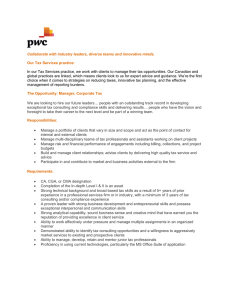

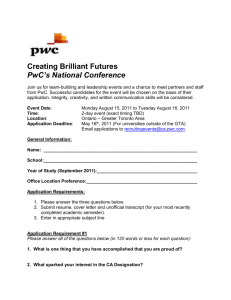
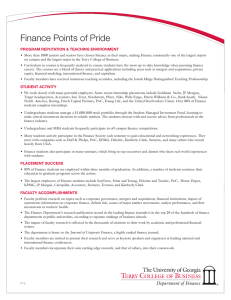
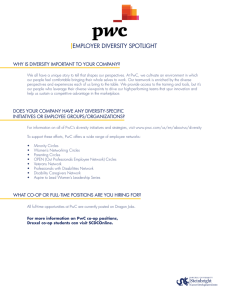

![(On client's letterhead) [Debtor] – [Address]](http://s2.studylib.net/store/data/015619376_1-634457b7baedfa32fb5e3856cbcd37b7-300x300.png)